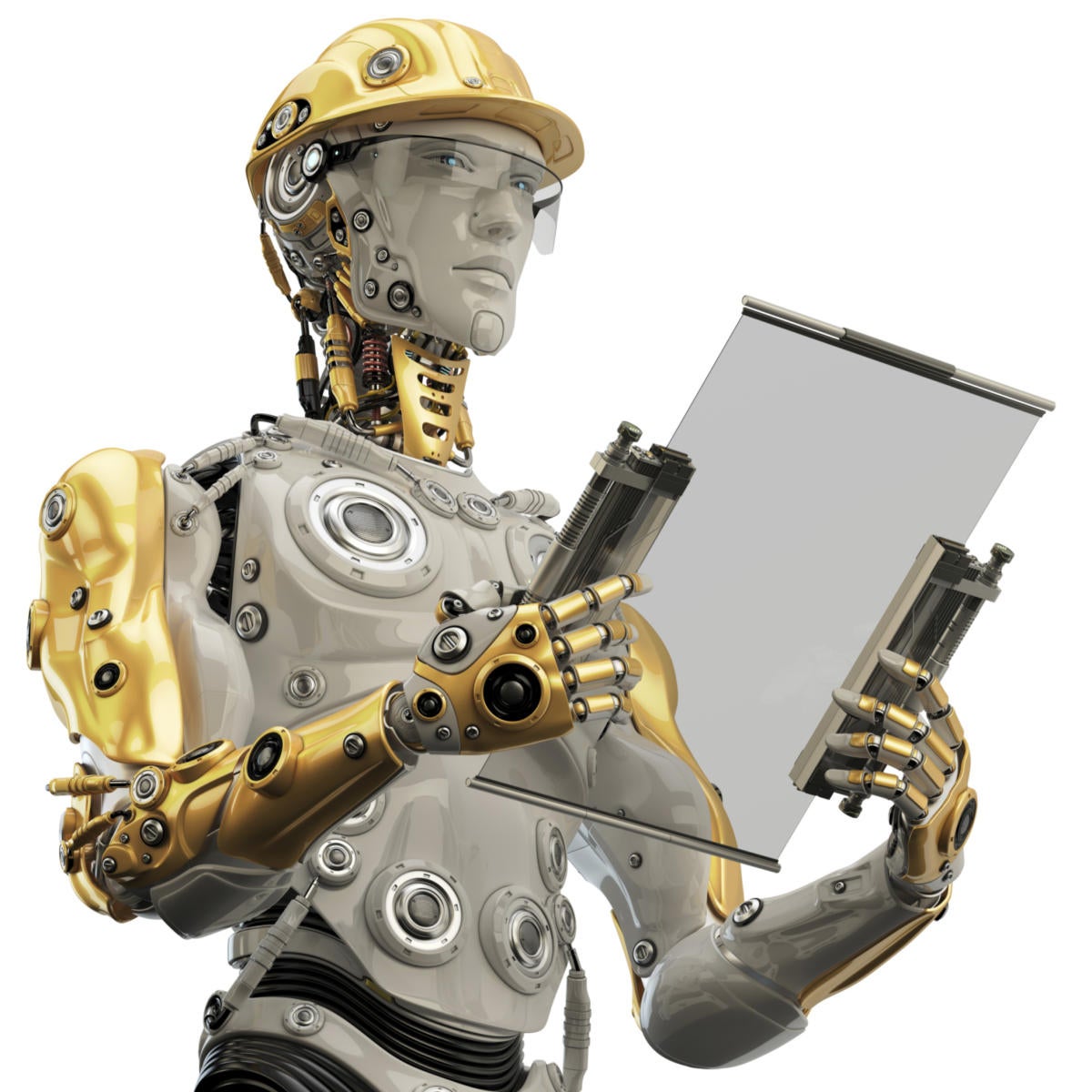
AI’s Ascendant Role in Robotics and AutomationAI’s Ascendant Role in Robotics and Automation Artificial Intelligence (AI) is rapidly transforming the world of robotics and automation, propelling these technologies to unprecedented heights. The integration of AI into robotic systems has unlocked new possibilities, enhancing precision, efficiency, and autonomy. Precision and Accuracy AI-powered robots can process vast amounts of data and learn from their experiences, enabling them to perform complex tasks with exceptional accuracy. They can adjust their movements in real-time, improving precision in applications such as assembly lines and medical procedures. Efficiency and Productivity AI algorithms optimize robotic operations, reducing cycle times and increasing productivity. They can analyze data to identify areas for improvement and optimize task sequencing, resulting in significant efficiency gains. Autonomy and Decision-Making AI endows robots with the ability to make intelligent decisions based on real-time data. They can autonomously navigate complex environments, adapt to changes, and avoid obstacles. This autonomy allows them to operate safely and effectively in environments where human intervention is impractical or impossible. Improved Safety AI-enhanced robots can detect and respond to potential hazards in their surroundings. They can analyze sensor data and identify anomalies, enabling them to take evasive actions and prevent accidents. New Applications and Industries The integration of AI has expanded the scope of robotics and automation into new industries. AI-powered robots are now used in healthcare, manufacturing, logistics, retail, and transportation, performing tasks ranging from surgical assistance to package delivery. Challenges and Considerations While AI has revolutionized robotics and automation, it also poses challenges: * Ethical Concerns: The autonomy of AI-powered robots raises ethical questions about accountability, liability, and the potential displacement of human labor. * Bias Mitigation: AI algorithms can perpetuate biases that exist in the data they are trained on, leading to unfair or discriminatory outcomes. * Skill Gap: The rapid advancement of AI and robotics requires skilled professionals to design, deploy, and maintain these systems. Conclusion AI’s ascendant role in robotics and automation is transforming various industries and creating new possibilities. By leveraging AI’s capabilities, robots can achieve unprecedented precision, efficiency, autonomy, and safety. However, it is crucial to address ethical concerns, mitigate bias, and foster the development of a skilled workforce to ensure the responsible and equitable application of these technologies.
Posted inNews